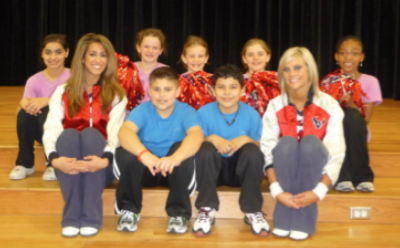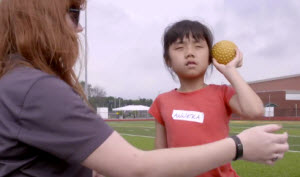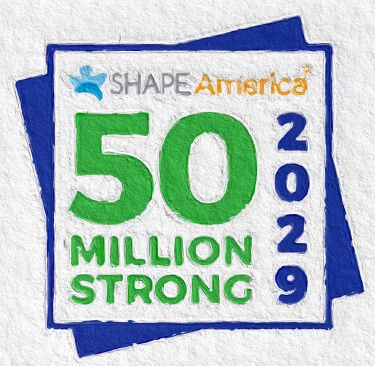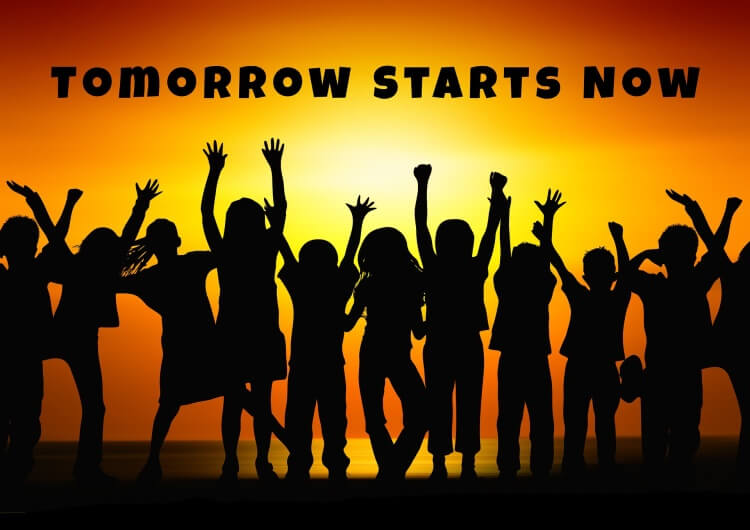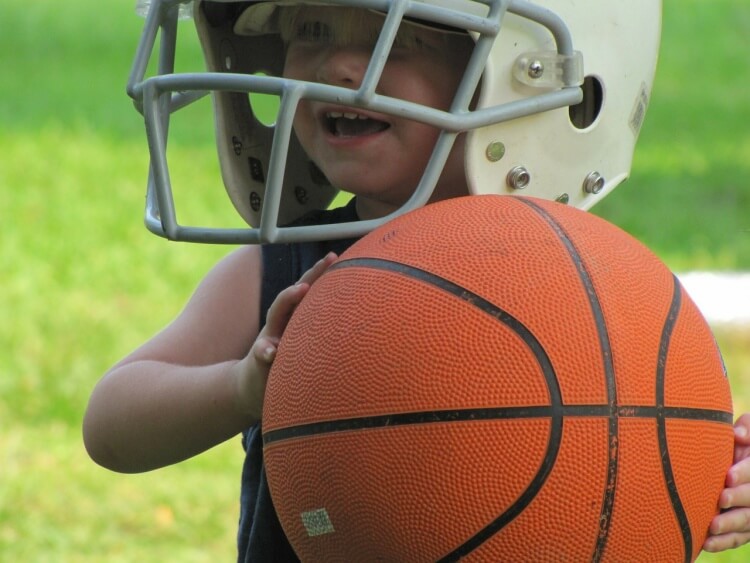Each day as physical education teachers we ask our students to take risks. We ask them to move in front of their peers, join group activities, and publically answer questions. Depending on their physical skill levels, students either see moving in physical education as an opportunity or as a huge threat. As children become older and move through middle and high school they are often even asked to take the risk of undressing in public in gymnasium locker rooms. Rarely do we as educators acknowledge these risks.
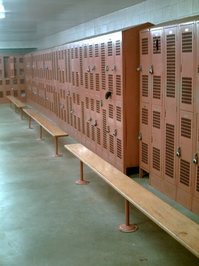
At a recent physical education conference I noticed most conference attendees were willing to take the risk of joining in physical activities. However, at a conference last winter it was a different scene. The only activity movers were a few brave participants plus some college students who were required to participate. This situation got me thinking, “What was the difference? And how does this apply to other PE teaching situations?”
